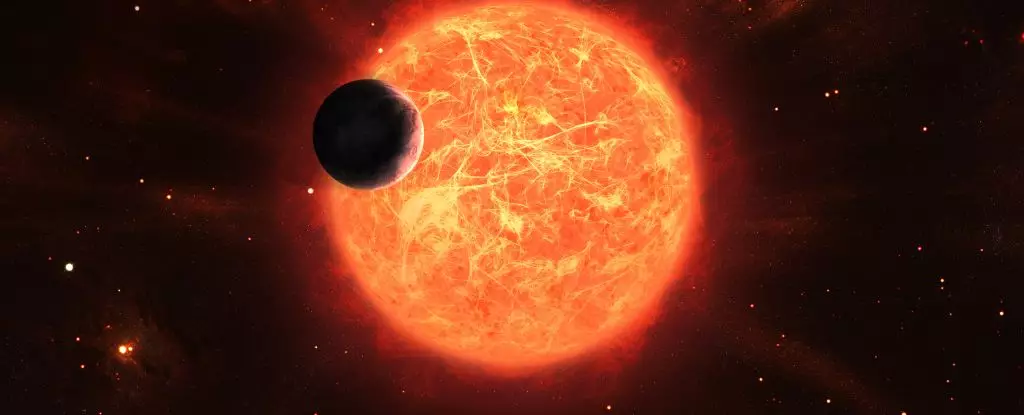The search for a second Earth has captivated astronomers and scientists for decades, fostering both excitement and anxiety about humanity’s fate in the grand cosmos. Recently, astronomers led by Keming Zhang at the University of California made a notable discovery in this quest: a planet orbiting a white dwarf star. Although this newfound world is about 1.9 times the mass of Earth and is located at twice the distance of Earth from the Sun, it presents a sobering reality; any life that could have existed on this exoplanet may have been obliterated during the tumultuous transitions of its star. Despite the likely demise of life on this planet, the implications of this discovery are profound and multifaceted, reflecting not only potential insights into the future of our own solar system but also innovative techniques for discovering more Earth-like worlds.
The journey of stars like our Sun through their lifecycle culminates in a dramatic transformation into a white dwarf after exhausting their hydrogen fuel. Initially swelling into a red giant, these stars undergo extreme physical changes, leading to a violent shedding of their outer layers. The core that remains, now a white dwarf, continues to emit light not from ongoing nuclear fusion but from residual heat. Earth’s Sun is projected to undergo this sequence in approximately 5 billion years. The expansion during the red giant phase, which may reach sizes vast enough to engulf the innermost planets—including Earth—carries significant implications for the future of our planet. While we still speculate about the fate of Earth, the discovery of a planet that has survived around a white dwarf hints at the tantalizing possibility that some celestial bodies may endure past the cataclysm of their host stars.
What makes this discovery particularly intriguing is the technique employed to identify the planet—the phenomenon known as microlensing. This astrophysical effect occurs when a massive object, like a white dwarf, lies precisely in line with a more distant star. As light from this distant star passes by the white dwarf, the gravitational field of the white dwarf causes the light to bend and amplify, creating a transient magnification effect. This particular system, located about 4,200 light-years from Earth, was fortuitously enhanced by the light of another star, resulting in a magnification that uncovered information about both the planet and a brown dwarf companion, which serves as a bridge between planets and stars.
The intriguing aspects of this discovery extend far beyond mere observation. The newly identified exoplanet orbits the white dwarf at a distance akin to where Earth might reside if the Sun were to become a white dwarf. Current models of celestial mechanics suggest that as the Sun approaches its red giant phase, Earth could be displaced to a more distant orbit. However, new findings imply that rather than succumbing to engulfment, there is a possibility that Earth could narrowly escape destruction and exist at the outer limits of the habitable zone in the future where conditions might still be viable for some form of life.
Zhang’s analyses suggest that although life on Earth may be altered or even extinguished, the peripheral regions of the solar system, such as the moons of Jupiter and Saturn, could potentially become oceanic worlds capable of supporting life forms different from those we know today. This idea fuels speculative debates about the adaptability of life and stimulates discussions about humanity’s long-term survival as we confront the eventual decline of our star.
The discovery of an exoplanet orbiting a white dwarf challenges our preconceptions about the potential for life under extreme cosmic conditions. Not only does it offer a glimpse into the distant future of our solar system, but it also highlights the innovative approaches in astronomical observations that may unveil more hidden worlds. As researchers delve deeper into the complexities of stellar evolution and planetary survival, we can only hope that the lessons learned from this white dwarf system will guide our understanding of life’s persistence amid cosmic challenges. As we embark on our ongoing quest for knowledge beyond our solar system, the intersection of discovery and speculation remains a thrilling frontier in our quest to comprehend humanity’s place in the universe.


Leave a Reply